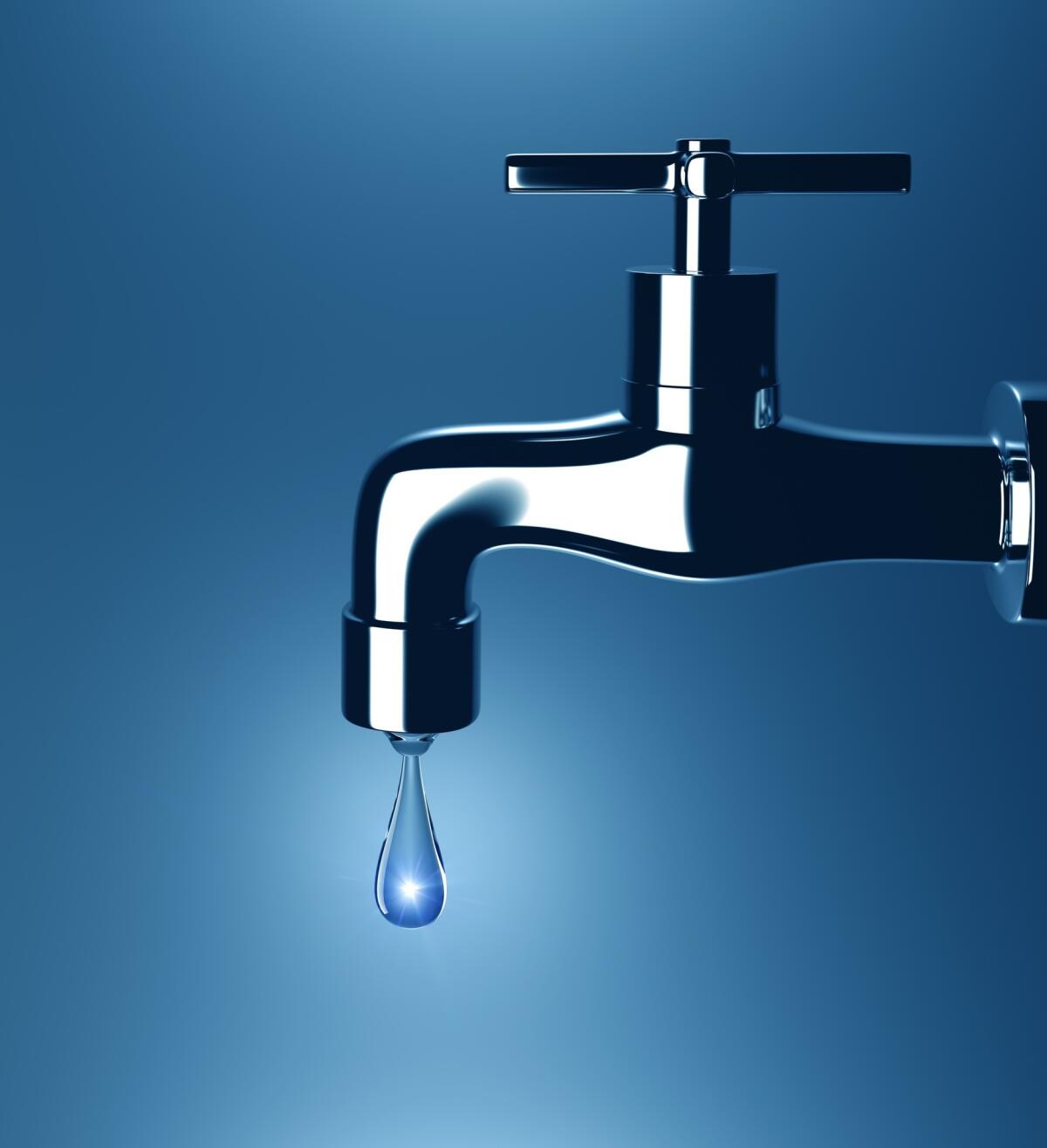Op-Ed: Wastewater recycling got derailed in Los Angeles. Now it’s back on track

- Share via
Twenty years ago, in the 2001 Los Angeles mayoral race, a topic usually seen as dull became the most lurid issue of the campaign. The topic was water recycling, and we are still being hurt by the rhetoric from that election today.
Candidate Joel Wachs, a longtime member of the City Council, didn’t even make the runoff that year. But during the primary he alarmed voters across the city by insisting that Los Angeles was furtively planning to pipe recycled sewage to millions of unsuspecting Angelenos — without, according to Wachs, adequate public input or scientific research.
The recycling idea became widely known as “toilet to tap,” implying that Department of Water and Power customers would soon be drinking wastewater.
In the years that followed, the city put aside its plans for recycling — and thus its plans for a water supply independent of outside sources. Under two subsequent mayors, almost nothing was heard of it. If you asked the DWP about water recycling, they’d tell you about plans to put recycled water on golf courses and parks. But there was little talk — at least publicly — of recycling water in a way that made it safe to drink and send it to city taps.
Until now.
Wastewater recycling has once again become the Great Wet Hope. In 2019, Mayor Eric Garcetti made it a cornerstone of his Green New Deal plan for Los Angeles. Ultimately, if things go according to DWP and L.A. Bureau of Sanitation plans, by 2035 at least 70% of the city’s drinking water will be locally sourced, much of it recycled from wastewater plants. The projected cost will be $8.1 billion.
The Metropolitan Water District of Southern California, which supplies water to 19 million Southern California residents, hopes to build its own wastewater processing plant in cooperation with the Sanitation Districts of Los Angeles County for about $3.5 billion. That represents an investment of nearly $12 billion in a technology that had recently appeared to be going nowhere.
Just how did this shift happen? MWD General Manager Jeffrey Kightlinger attributes it to a widespread and growing understanding of what climate change and increasing drought will mean for Southern California.
He says public outreach has improved, too. “Water utilities have learned the importance of gaining public support for water recycling projects,” Kightlinger said. “Once communities have an understanding of the science and safety of purified recycled water, they support it.”
Kightlinger credited Orange County with pioneering effective public outreach. Now nearly 50% of the county’s water is recycled, and public opposition has been minimal. In 2016, a Xylem poll found that 87% of Californians would accept recycled drinking water.
Kightlinger also credited public agencies for “being more open to the possibilities” of recycling, which takes processed wastewater through filtration processes involving membrane bioreactors, reverse osmosis and ultraviolet light. Then it is pumped into sand and gravel aquifers, which provide another stage of filtration before it flows from wells into the pipes that serve the customers. (Some engineers have called this last step unnecessary and contend that with today’s technology, recycled water could safely go directly to our faucets.) Los Angeles County already puts enough water into aquifers to service 1.8 million people.
There is, however, a consensus among local water professionals that the 2001 publicity during the mayoral race severely slowed the progress of recycling in Los Angeles. Right now, only about 2% of L.A.’s 400-million-gallon-plus daily consumption is recovered wastewater; this mostly goes to non-potable uses such as park and golf course irrigation. An additional 27% comes from DWP’s aqueduct system. About 60% is purchased from the Metropolitan Water District’s Colorado River and Sacramento Delta sources. The remainder comes via wells from the city’s underground aquifers.
“Importing water takes a great deal of energy. Plus, with global heating, more Sierra Nevada precipitation will fall as rain rather than snow,” says Sandra Postel, director of the Global Water Policy Project. That’s bad news for Los Angeles, since the annual snowpack currently is the backbone of its water reserves.
Postel also notes that predicted flows from L.A.’s other prime source, the Colorado River, will provide 20% less water by midcentury. A recent report in Science magazine suggests that the entire Southwest is probably facing an “anthropogenic megadrought” of a type not seen since the 1500s.
Those who doubt that wastewater recycling is safe need only look to the International Space Station, which recycles every drop of the crew’s moisture. Present earthbound systems are capable of recycling between 80% and 90% of the wastewater run through them.
L.A.’s recycled water supply will be bolstered by storm and rainwater reclamation as well as, city officials hope, by further consumer conservation. Past drought mitigation regulations resulted in a 20% drop in consumer water consumption between 2013 and 2017.
This huge change in how we get water will be largely unnoticed by consumers. All purified water is chemically the same. And we should remember that all water on Earth is essentially recycled, whether we get it from a mountain stream or a sewer pipe. As one engineer put it, “It’s all dinosaur pee.”
I recently asked Wachs, now president of New York’s Andy Warhol Foundation for the Visual Arts, how he sees his 20-year-old mayoral campaign and the damage it did to water recycling. “At the time, it sounded gross and people were upset with it,” he recalls. But once the idea was explained and the people were taken into confidence, there came acceptance. “We were not there at that time.”
He added: “There’s a good lesson in that.”
Marc Haefele is a freelance writer in Santa Monica who has covered state and local politics for nearly 30 years.
More to Read
A cure for the common opinion
Get thought-provoking perspectives with our weekly newsletter.
You may occasionally receive promotional content from the Los Angeles Times.










